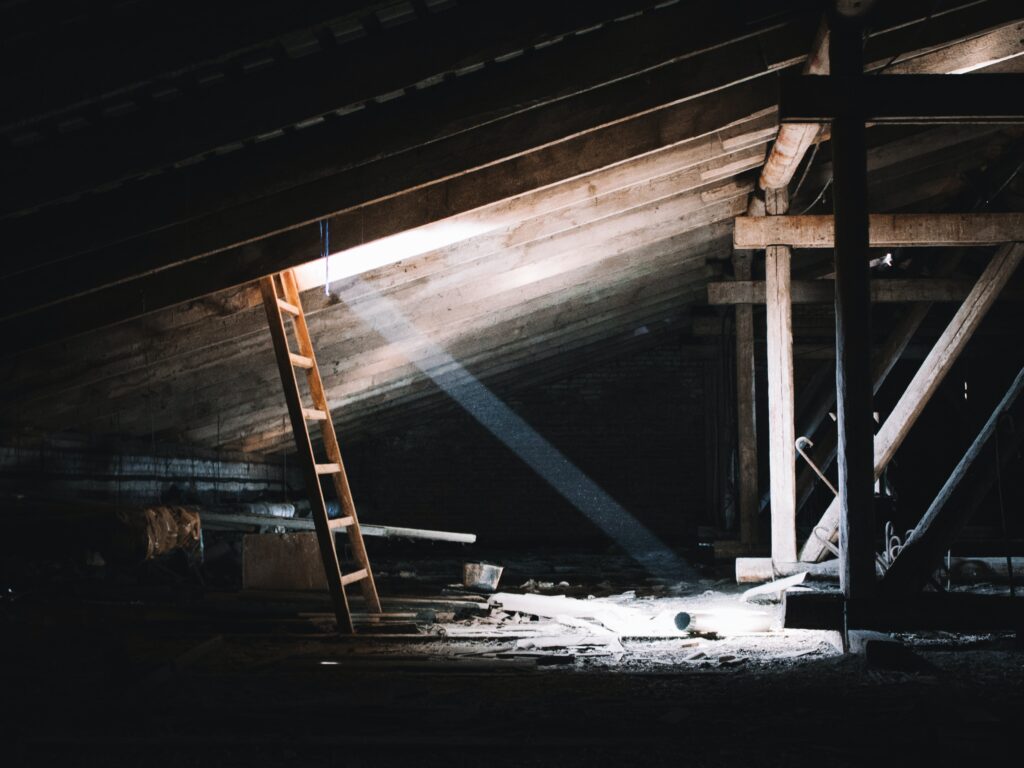Which Attic Insulation is Best for My Climate?
Are you curious about how the best attic insulation can make your home cozy in winter and cooler in the summer while also helping you save on energy bills? This article will guide you through the ins and outs of attic insulation, including the different types of insulation materials and how they keep your home’s temperature stable whether it’s cool or sweltering outside.
Can You Insulate an Attic Yourself?
You might be wondering if you can insulate your attic without calling in the professionals. The answer is yes but with some important considerations. First, you’ll need the right tools and materials for the job, such as insulation material, safety goggles, gloves, and a mask. It’s also a good idea to have a friend or family member help you out.
Safety should be your top priority when tackling a DIY attic insulation project. Be sure to follow the manufacturer’s guidelines for installing your chosen insulation material. Additionally, avoid covering any electrical wires, vents, or other important home components.
If you feel unsure about any part of the process, it’s best to call a professional for help. They have the experience and know-how to get the job done right and will make sure you get the proper attic insulation for your home for your climate.
What Does R-Value Mean?
Understanding the basics of the R-value rating will help you choose the best insulation for your attic. R-Value measures how well an insulation material resists heat flow. In simple terms, it tells us how good the material is at keeping your home warm in the winter and cool in the summer.
The higher the R-Value, the better the insulation’s performance at preventing heat flow through the attic floor.
It’s important to pick a material with the right R-Value for your climate. You can find recommendations online or consult a local insulation professional. For example, according to the U.S. Department of Energy, California is situated in Zone 3, which has a recommended value of between 30 and 60.
When shopping for insulation materials, you’ll notice that each type has an R-Value per inch. This means you can adjust the thickness of the insulation to reach the desired R-Value for your home.
Another item worth mentioning is that if you already have insulation, but not enough, it is possible to lay more material on top. Doing this will increase the overall R-value of both layers of insulation.
Benefits of Home Insulation
You probably have a basic idea of what insulation is and how it works, but have you ever thought about the many other advantages it can bring?
Energy Efficiency and Cost Savings
A well-insulated attic keeps your home at a comfortable temperature, reducing the need for heating and cooling. This means lower energy bills and more money in your pocket!
Improved Indoor Comfort
Insulation helps maintain a stable indoor temperature, so your home stays warm in the winter and cool in the summer. No more drafty rooms or scorching attics!
Reduced Carbon Footprint
By using less energy, you’re also helping the environment. Less energy consumption means fewer greenhouse gas emissions, contributing to a healthier planet.
Enhanced Home Value
A properly insulated attic can boost your home’s value, making it more attractive to potential buyers.
Noise Reduction
Insulation can also help dampen outside noise, creating a quieter and more peaceful living environment.
Best Attic Insulation for Areas with Warm Summers and Cool Winters
If you live in a region that experiences hot summers and freezing winters at night, you’ll need insulation that works well in both extremes. Here are three common types of attic insulation for such climates:
Fiberglass Insulation
Fiberglass batt insulation is a widely used and affordable attic insulation option made from fine glass fibers. It comes in pre-cut pieces called batts or as loose-fill material for as blown-in fiberglass.
With a good R-Value per inch, fiberglass insulation helps keep your home warm in winter and cool in summer. However, it can be itchy when handled and loses effectiveness if it sustains water damage.
Advantages: Fiberglass is a popular choice because it’s affordable, easy to install, and has a good R-Value per inch. It comes in batts (pre-cut pieces) or as blown-in insulation.
Disadvantages: Fiberglass can be itchy when handled and loses effectiveness if it gets wet.
Cellulose Insulation
Cellulose insulation is an eco-friendly attic insulation option made from recycled paper, often treated for fire resistance. It has a higher R-Value per inch than fiberglass and is typically installed using a blown-in method that fills gaps and crevices for better coverage. While cellulose insulation is an effective thermal barrier, it can settle over time, reducing its performance, and may require professional installation.
Advantages: Made from recycled paper, cellulose is an eco-friendly option with a higher R-Value per inch than fiberglass. It can be blown-in, filling gaps and crevices for better coverage.
Disadvantages: Cellulose can settle over time, reducing its effectiveness, and may require professional installation.
Spray Foam Insulation
Spray foam insulation is a high-performance attic insulation material that expands and hardens upon application, creating an air-tight seal. Offering the highest R-Value per inch, it excels at preventing heat transfer and is ideal for hard-to-reach areas.
However, spray foam insulation is more expensive than other options and typically requires professional installers due to the specialized equipment and expertise needed for proper application.
Advantages: Spray foam offers the highest R-Value per inch and creates an air-tight seal. It’s great for hard-to-reach areas.
Disadvantages: Spray foam is more expensive than other options and typically requires professional installation.
Compare these options and choose the one that best suits your needs and budget for your climate.
Where to Get The Best Attic Insulation Near You
We’ve covered a lot of ground in this article, exploring different types of attic insulation and their benefits. Remember, the right insulation for your home depends on your climate, budget, and personal preferences. It’s essential to choose the right material and R-Value for your specific needs.
If you’re ever unsure about the best attic insulation for your home or how to install it, don’t hesitate to consult with the insulation experts at Attic Pros. They can provide valuable advice and help ensure your attic insulation project is a success.

